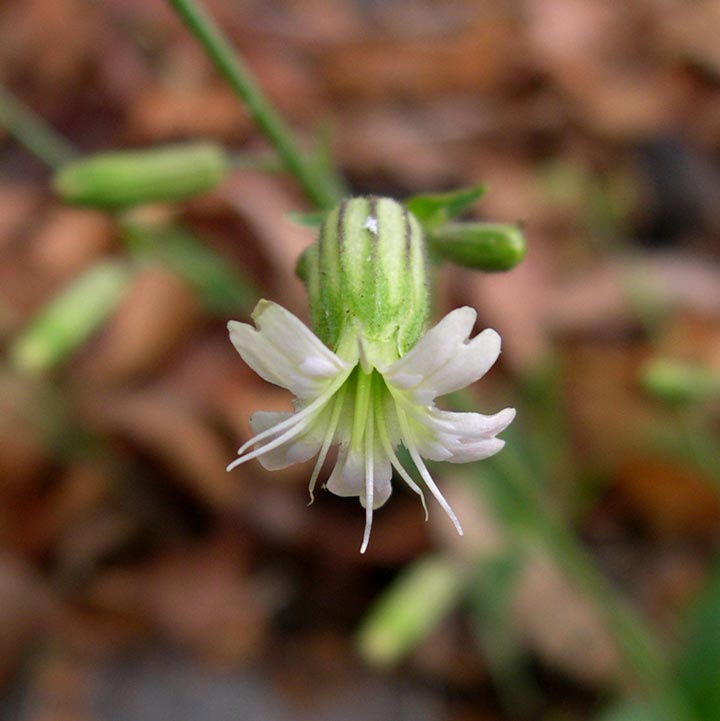- Home
- Search
- Images
- Datasets
- Sample Use
- How to Cite
- Additional Information
- About NEON
- NEON Data Portal
- ASU Biocollections
- About Symbiota
|
Caryophyllaceae |
|
|
Herbs [small trees, shrubs, or vines], winter annual, annual, biennial, or perennial, glabrous or pubescence of simple hairs or stalked glands; taprooted and/or rhizomatous with fibrous roots, sometimes from woody caudex, rhizomes rarely with tuberous thickenings. Stems erect to prostrate, often with swollen nodes, herbaceous. Leaves opposite, pseudoverticillate, whorled, or rarely alternate, distinct or connate proximally, simple; petiole often present; stipules present or absent; blade subulate to linear, spatulate to broadly ovate or suborbiculate, succulent or not, margins entire. Inflorescences terminal or axillary cymes, thyrses, or capitula, or flowers solitary; bracts usually paired, foliaceous or reduced, herbaceous to scarious, or absent; involucel bracteoles (epicalyces) immediately subtending calyx occasionally present. Pedicels present, or flowers sessile. Flowers bisexual or occasionally unisexual, radially symmetric; perianth and androecium hypogynous or perigynous; hypanthium, when present, urceolate, cup-, disc-, or dish-shaped, sometimes abruptly expanded distally; sepals persistent in fruit, (3-)4-5, distinct or connate proximally into cup or tube, herbaceous or scarious, apex sometimes hooded or with apical or subapical spine; petals absent or (1-)4-5, often fugacious in Polycarpon, distinct, often clawed, auricles present or absent, coronal appendages present or absent, blade apex entire, notched, or 2(-4)-fid, sometimes dentate or laciniate; stamens 1-10, in 1 or 2 whorls, arising from base of ovary, nectariferous disc, or hypanthium rim, absent in pistillate flowers; staminodes usually absent, or 1-10 or 16-19; ovary 1, superior, 1-locular, rarely 2-locular proximally, or 3-5 locular, placentation free-central, basal, or axile in proximal half; ovules mostly campylotropous, bitegmic, crassinucellate; styles 1-5(-6), distinct or connate proximally, absent in staminate flowers; stigmas 2-5(-6), linear along adaxial surface of styles (or style branches), subcapitate, or terminal, papillate or obscurely so, absent in staminate flowers. Fruits capsules, carpels opening into entire valves or valves split axially into teeth to divided to base, or a usually indehiscent utricle; carpophore sometimes present. Seeds 1-150(-500+), often brown or black, sometimes white or yellowish to tan, reniform or triangular to globose and often laterally compressed, sometimes shield-shaped or obl |
|

